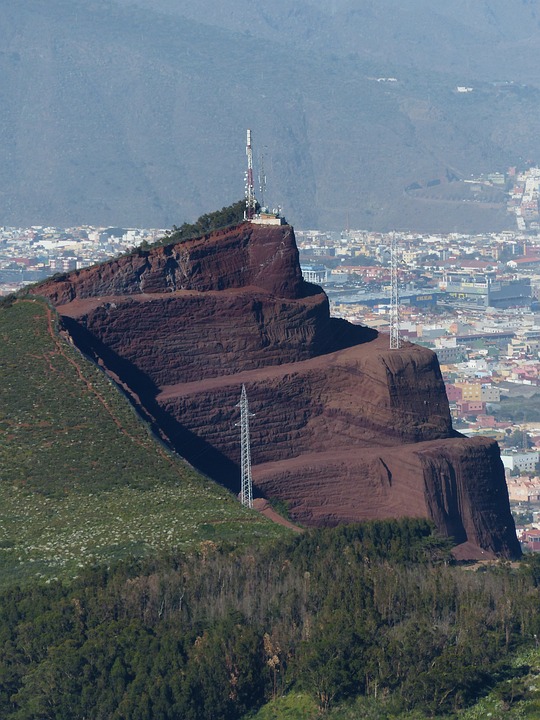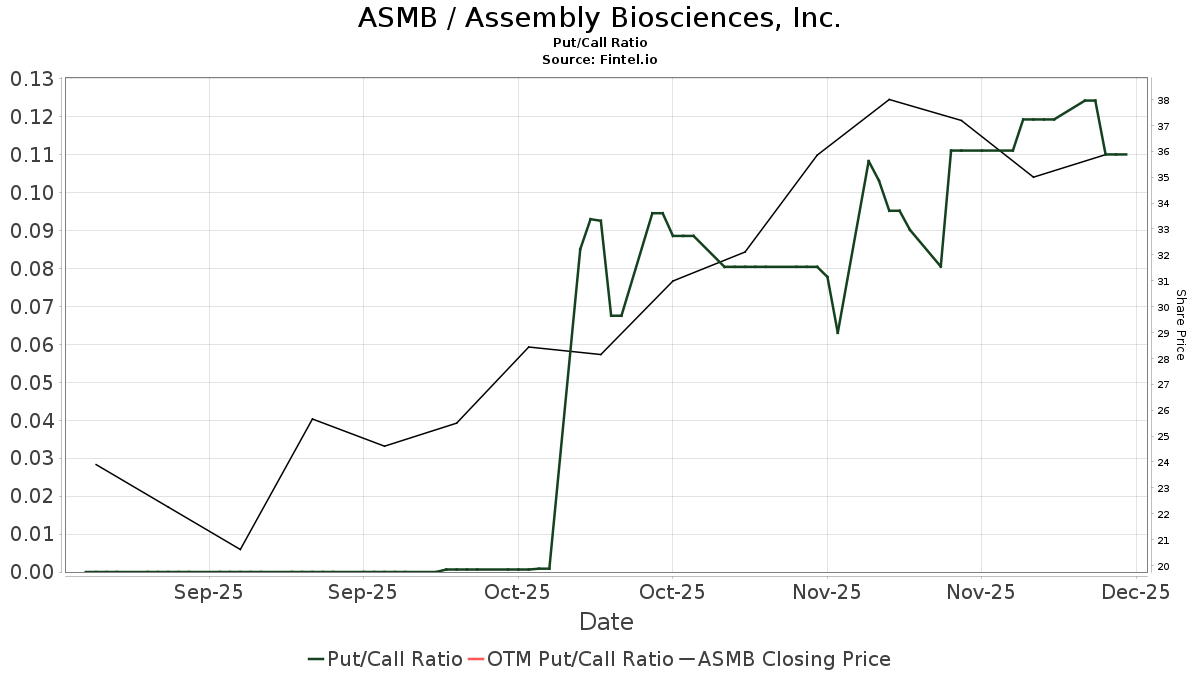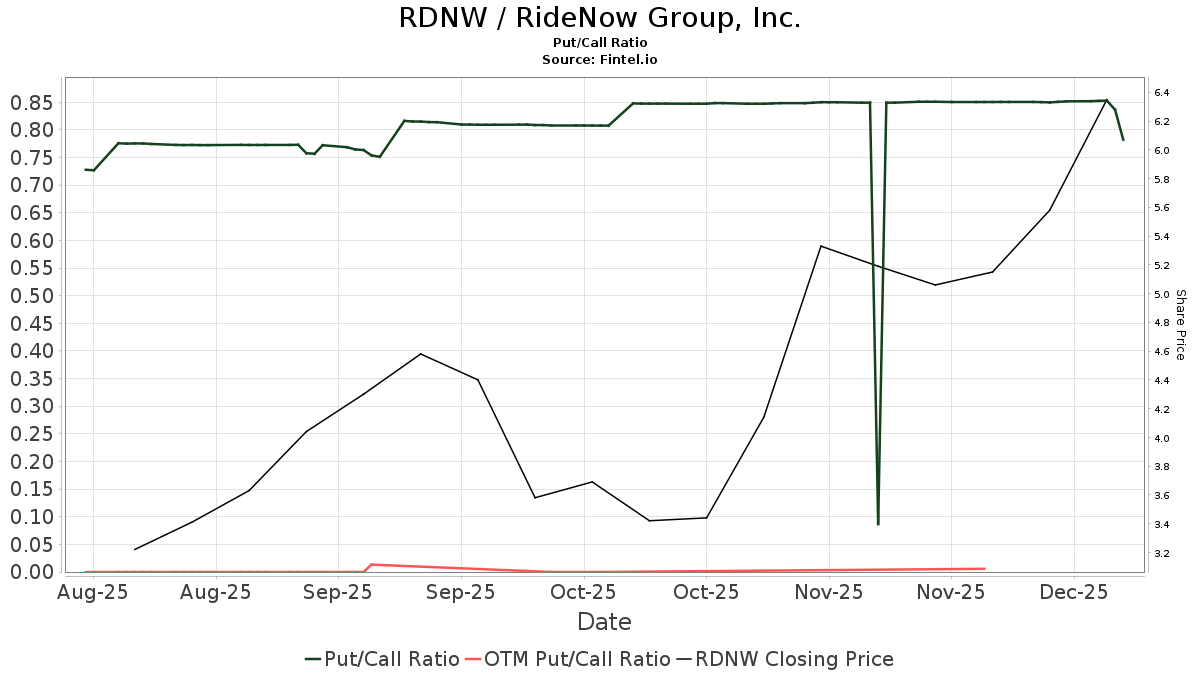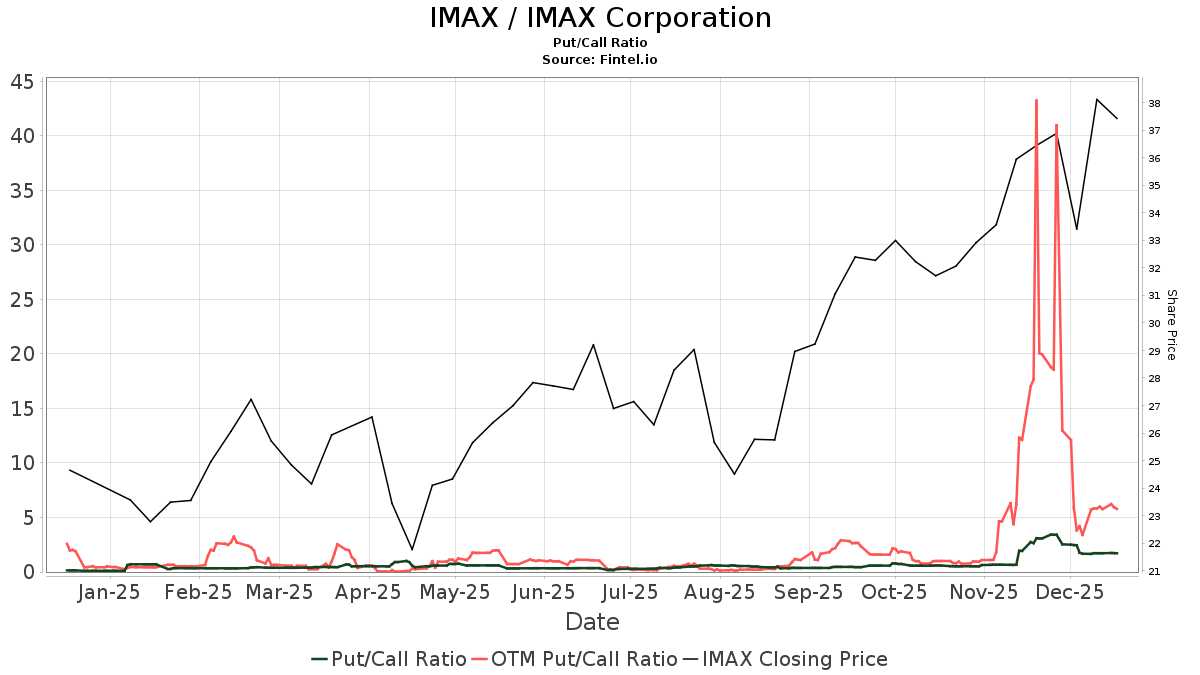Deep-Sea Mining Insights: Financial Gains and Environmental Concerns
The recent nomination of Elise Stefanik as the U.S. ambassador to the United Nations by President-elect Donald Trump has sparked renewed discussions around deep-sea mining. Stefanik advocates for securing crucial minerals, particularly those extracted from polymetallic nodules, which are potato-sized rocks found on the ocean floor.
Located at depths between 4 to 6 km (2.5 to 4 miles), these nodules are plentiful in the Clarion Clipperton Zone (CCZ), where Canada’s The Metals Company (NASDAQ: TMC) holds two exploration contracts.
Warning Signs from Environmental Groups
The Planet Tracker report was released just as the International Union for Conservation of Nature (IUCN) alerted that over 40% of coral species now face extinction due to human activities, including destructive practices like bottom trawling and deep-sea mining.
These announcements align with the ongoing efforts of the International Seabed Authority (ISA), which is currently drafting a Mining Code meant to guide future deep-sea mining, with an expected adoption in 2025.
The Planet Tracker report reveals that, under optimistic scenarios, countries participating in deep-sea mining can anticipate annual corporate income tax revenues of only $6.25 million. For many nations, the potential earnings do not outweigh the associated environmental risks, according to the report authors.
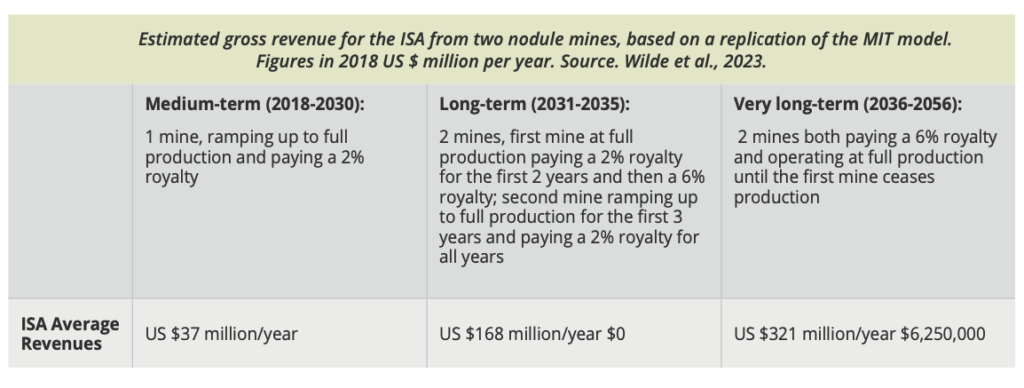
Emma Amadi, an Investment Analyst at Planet Tracker, emphasized, “Deep sea mining is expected to offer minimal financial returns to ISA Member States. Countries do not own the mineral resources in international waters, which may lead to fierce competition over tax rates.”
Limited Financial Benefits for Countries
According to the report, royalties from deep-sea mining could range from $42,000 to $1.1 million annually—meager amounts for most economies. Additionally, these royalties are at risk of arbitrary cuts from the ISA, making significant financial returns improbable.
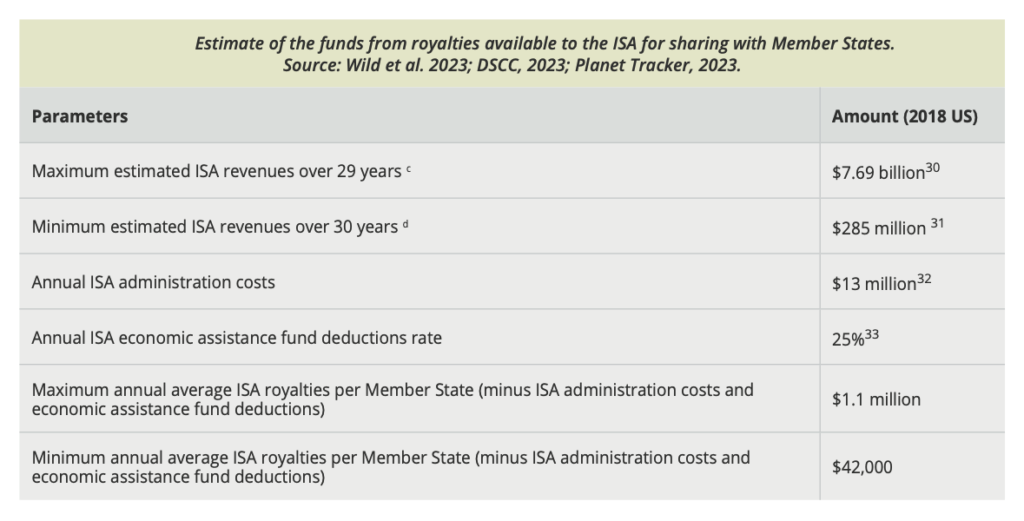
In response, The Metals Company argued that the NGO’s assessments overlook the complexities of deep-sea mining. A TMC spokesperson contended, “As the world’s largest economies prepare for responsible deep-sea mining, activists unleash misleading information on the public. Speculating fixed annual tax revenue is overly simplistic.”
TMC pointed out that their thorough SEC-compliant SK-1300 Initial Assessment for their NORI-D project projects $7 billion in life-of-mine royalties for Nauru and ISA members, along with an expected $9 billion in taxes over the project’s life, excluding most of NORI’s estimated resources.
Assessing Economic and Environmental Risks
A parallel report from Planet Tracker, titled Mining for Trouble, warns of broader economic repercussions stemming from deep-sea mining. It estimates that nations extracting essential minerals on land could lose up to $560 billion in annual export revenues, with potential fallout for global economies.
Past studies indicated that damages to global biodiversity could be valued at up to $500 billion, with impacts seen as significantly more harmful than traditional land-based mining operations.
On a positive note, various peer-reviewed studies suggest that sourcing battery metals from these nodules could lead to a reduction in CO₂ emissions by 70%-75%, a 94% decrease in land use, and total elimination of solid waste.
Nevertheless, critics of seabed mining assert that the consequences of both exploration and extraction are largely unknown, advocating for more research prior to proceeding. Supporters, however, argue that deep-sea mining is essential to meet the rising demand for minerals. The International Energy Agency predicts a 40% increase in demand for copper and rare earth metals in the coming years.
The agency also foresees that demand for nickel, cobalt, and lithium stemming from the clean energy sector will rise by 60%, 70%, and 90% respectively.


